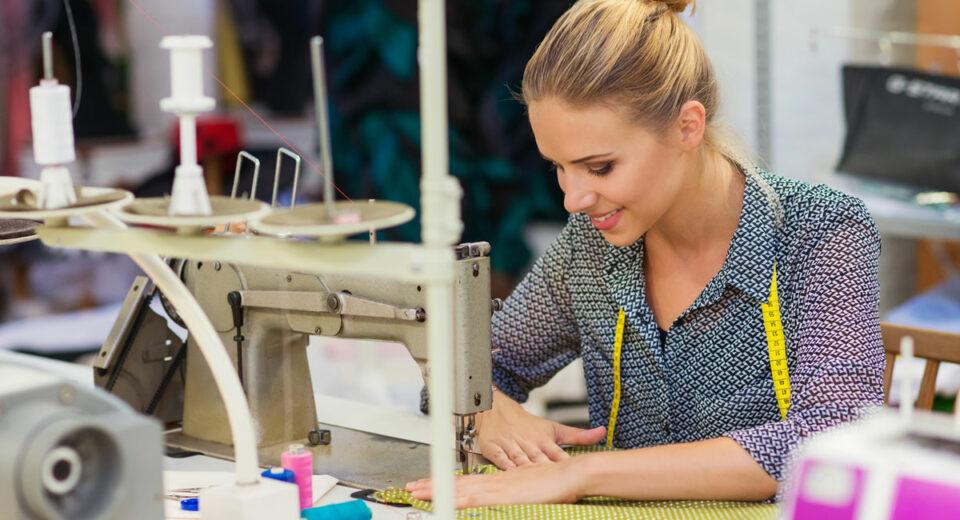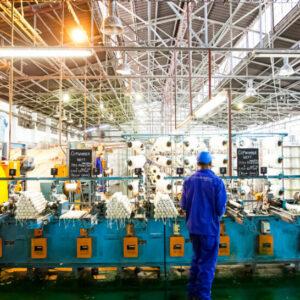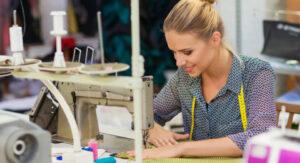Title: Can Textiles Lead The Way During The Pandemic?
In the wake of the COVID-19 pandemic, industries across the globe have been forced to adapt rapidly to new challenges. Among these, the textile industry has emerged as a surprising frontrunner in innovation and resilience. While traditionally associated with fashion and interior design, textiles have proven to be versatile allies in the fight against the pandemic. From producing protective gear to developing antiviral fabrics, the textile sector has demonstrated its potential to lead the way during these unprecedented times.
1. Pivoting Production for Protection
One of the most notable contributions of the textile industry during the pandemic has been its swift adaptation to produce personal protective equipment (PPE) and medical textiles. As the demand for masks, gowns, and other essential items surged, textile manufacturers retooled their facilities to meet this critical need. This shift not only helped address shortages but also highlighted the industry’s agility and commitment to public health.
2. Innovating for Safety
Beyond meeting immediate needs, textile companies have been at the forefront of innovation in developing materials with antiviral and antimicrobial properties. By incorporating technologies such as nanotechnology and silver ions, textiles can now actively combat pathogens, offering an added layer of protection in various settings. From healthcare facilities to everyday apparel, these advancements hold the promise of minimizing transmission risks in our daily lives.
3. Sustainability and Circularity
In addition to addressing immediate challenges, the pandemic has underscored the importance of sustainability and circularity in the textile industry. As consumers become increasingly conscious of environmental impacts, there is a growing demand for eco-friendly and ethically produced textiles. In response, companies are embracing sustainable practices, from using recycled materials to implementing closed-loop manufacturing processes. By prioritizing sustainability, the textile industry not only contributes to a healthier planet but also strengthens its resilience against future disruptions.
4. Empowering Communities
Amidst the upheaval caused by the pandemic, the textile industry has also played a crucial role in supporting communities and fostering resilience. Through initiatives such as community mask sewing projects and collaborations with local artisans, textile companies have helped mitigate economic hardships while promoting solidarity and empowerment. By leveraging their resources and expertise, these efforts have contributed to building stronger, more resilient communities in the face of adversity.
5. Driving Economic Recovery
As economies strive to recover from the pandemic’s impact, the textile industry stands poised to drive growth and innovation. By investing in research and development, fostering collaboration across sectors, and embracing digital technologies, textile companies can seize opportunities for expansion and diversification. Moreover, by prioritizing workforce development and ethical labor practices, the industry can ensure that its growth is inclusive and sustainable, benefiting communities worldwide.
In conclusion, the COVID-19 pandemic has underscored the vital role of the textile industry in addressing global challenges and driving positive change. From producing essential protective gear to spearheading innovation in antiviral textiles, the industry has demonstrated its resilience, adaptability, and commitment to public health. As we navigate the post-pandemic landscape, the textile sector has the potential to lead the way towards a more sustainable, resilient future for all.







